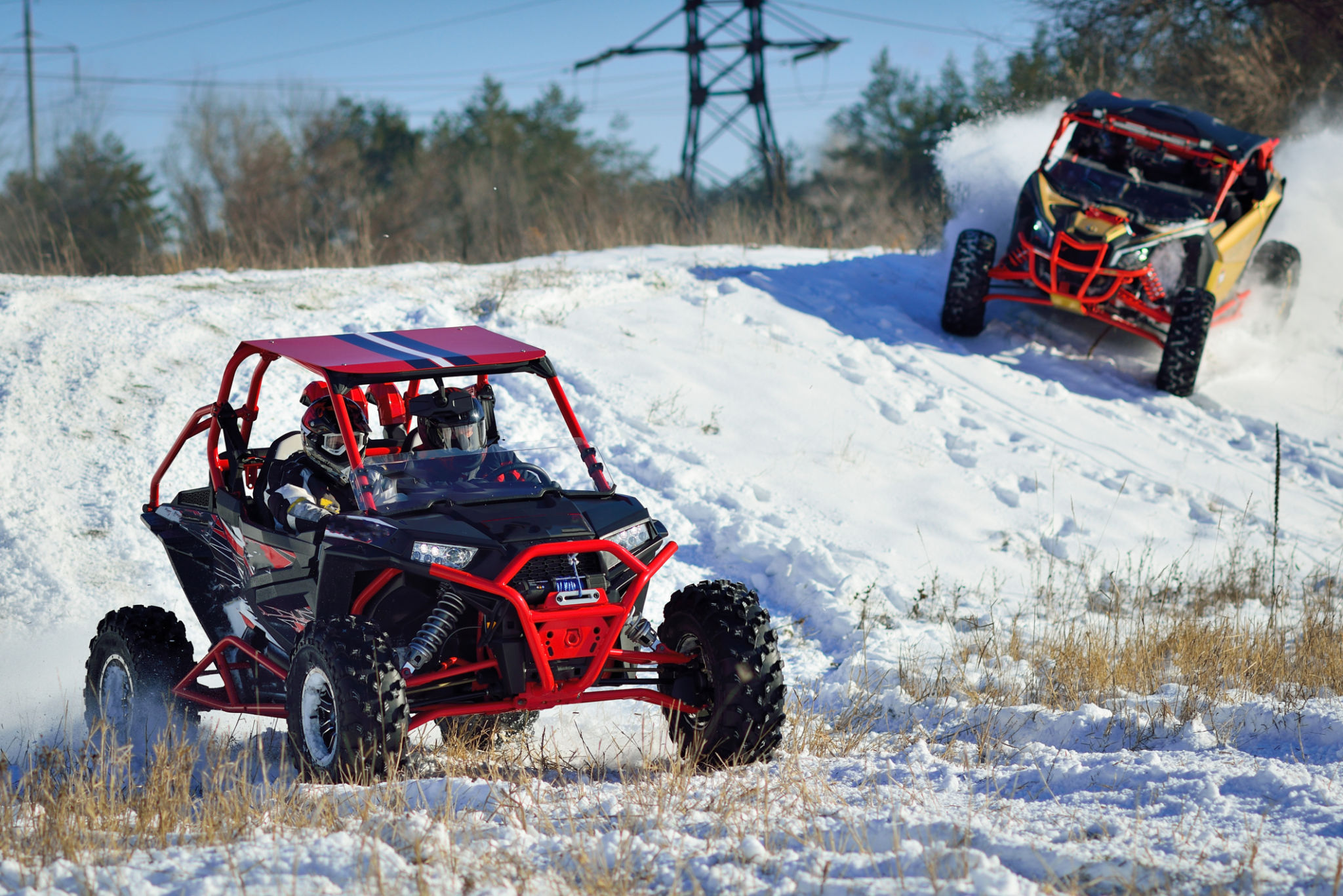DIY Offroad Fabrication Tips: Building Your Own Trail-Ready Vehicle
Building your own trail-ready vehicle can be an exciting and rewarding project. Whether you're looking to conquer rugged terrains or simply enjoy weekend adventures, DIY offroad fabrication can turn your stock vehicle into a formidable offroading machine. Here are some essential tips to get started.
Planning Your Build
Before diving into fabrication, it's crucial to have a clear plan. Consider the type of terrain you’ll tackle, your budget, and the vehicle’s capabilities. Research and gather inspiration from forums, videos, and offroad communities to understand what modifications are most effective.
Start by listing the essential upgrades you want, such as lift kits, larger tires, and reinforced bumpers. Prioritize these based on your budget and skill level. Planning ahead will save time and help prevent costly mistakes.

Essential Tools and Equipment
Proper tools are the backbone of any successful fabrication project. Basic tools like wrenches, sockets, and screwdrivers are essential, but for more advanced modifications, you'll need specialized equipment such as welders and grinders.
Investing in a quality welder can make a significant difference in your build. Welding is often required for custom mounts, brackets, and roll cages. Additionally, consider acquiring a plasma cutter for precision cuts on metal parts.
Safety Gear
Never underestimate the importance of safety gear. Always wear protective equipment like gloves, goggles, and hearing protection when working with power tools. This will keep you safe and help maintain focus during the build.

Choosing the Right Materials
The materials you choose will impact the durability and performance of your vehicle. Steel is commonly used for its strength and versatility, while aluminum is lighter but may require different welding techniques.
For parts like skid plates and bumpers, consider using thicker steel to withstand impacts. When selecting tires, opt for ones with aggressive treads designed for offroad use. This will improve traction and handling on challenging terrains.
Testing and Adjustments
Once your modifications are complete, it's vital to test your vehicle in a controlled environment. Pay attention to how it handles and be prepared to make adjustments. Suspension tweaks or tire pressure changes can significantly affect performance.

Final Thoughts
Building your own trail-ready vehicle is an evolving process that requires patience and dedication. As you gain experience, you'll find new ways to enhance your build and tackle more challenging trails. Remember, the journey is as rewarding as the destination.
Embrace the DIY spirit, and enjoy the satisfaction of driving a vehicle you've crafted with your own hands. With each trip, you'll become more skilled and confident in offroad fabrication.
